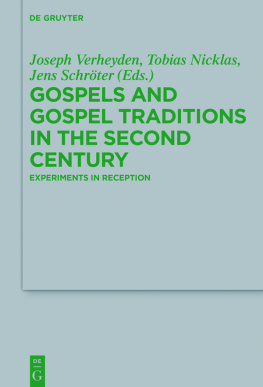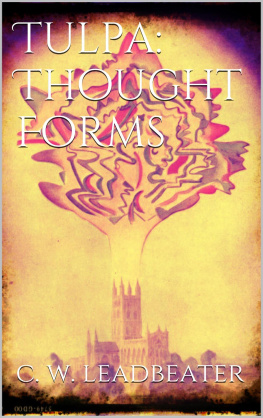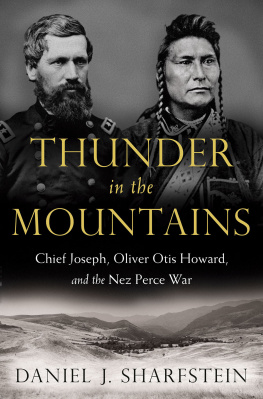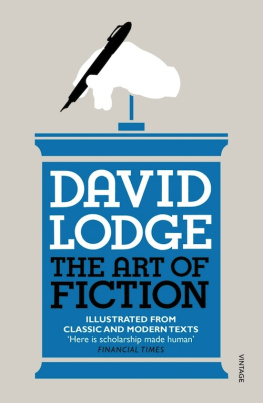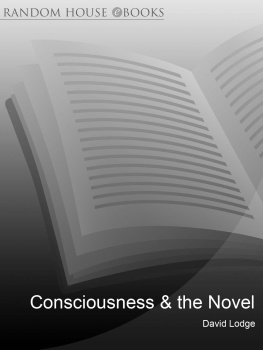By Oliver Lodge ,[1]F.R.S., Professor of Physics in University College, Liverpool.
Received January 19Read March 4, 1897.
The conclusion of the experimental part of a previously published memoir, on "Aberration Problems and the connexion between Ether and gross Matter," dated March, 1892, and published in the Phil. Trans., Series A, for 1893, p. 777, is as follows:
"The velocity of light between two steel plates moving together in their own plane, an inch apart, is not increased or diminished by so much as th part of their velocity."
Since that date, of March, 1892, a considerable number of further experiments have been made, tending to confirm and extend the above conclusion; and of these experiments it is the object of the present communication to give a brief account. The general plan of experimenting having been sufficiently indicated in the previous memoir, no more details will now be related beyond those necessary to make the record of use to a later student of the subject.[2] The figures on pp. 759, 761, 767 illustrated the apparatus used.
The chief conclusion of the theoretical part of the former paper (p. 752) is that no first-order effect of purely irrotational etherial motion can ever be optically detected; in other words, that as long as the motion of a medium is characterised everywhere by a single-valued[3] potential function, the course of all observable rays through it, however reflected and refracted they may be, is independent of the motion (no matter how the waves may be tilted), and the time of journey along any given path through any kind of material is likewise perfectly definite, and independent of the motion, except for experiments directed to the second order of aberration-magnitude.
Hence no attempt to disturb the ether by using a spoked wheel, or revolving bars or paddles, would have a chance of success, unless there existed a trace of something akin to viscosity by which the medium could be got hold of, and as the previous arrangement of apparatus seemed as well calculated as any other to detect the existence of a trace of viscosity, whereby ether in the immediate neighbourhood of moving matter should sooner or later be more or less carried along by it, no fundamental change in the mode of experiment seemed necessary; only improvement in details, and some modifications, in order to secure a closer and a wider generalisation.
Hitherto the experiments had been conducted with a pair of hard steel disks like circular saws, clamped together on a vertical axis, at a distance apart of one inch.
These disks had been spun, at a speed not exceeding 1250 revolutions a minute in the most accurate experiments, and the effect of the motion on a bifurcated beam of light, whose two halves travelled in opposite directions several times round in the space between the disks, was observed. One half of the light travelled in the same sense as the motion, while the other half travelled in the opposite sense; the two half beams were made to interfere in the field of view of a micrometer eye-piece, and a shift of the central band of the system by so much as the hundredth part of the width of a band could be observed. In making the above careful estimate of the result, however, the safe course was taken of assuming that th of a band shift was the minimum certainly detectable.
There were some modifications still to be made before accepting a definitely negative result of experiment.
1st : to steady the motion, so that quantitative readings could be taken without tremor at a much higher speed of rotation.
2nd : to continue the motion for some considerable time, and to narrow the light channel or watch the effect close to a disk.
3rd : to increase the mass of the revolving matter.
4th : to magnetise the revolving material.
5th : to electrify it.
The connexion looked for between ether and matter being something of the nature of viscosity, the space between the disks may be considered rather wide; though it is difficult to suppose that any motion generated at the surface of the disks in a substance possessing any of the properties of an ordinary fluid, should not spread into the nearly enclosed space between them. It may, however, be conceivably argued that this diffusion of motion might take considerable time, and hence the modification labelled No. 2 above was called for. The modification No. 3 is to meet the argument that, even though a viscous connexion between ether and matter were disproved, it did not follow that there was not another mode of connexion competent to transmit motion from one to the other, viz.: the unknown kind of connexion which is concerned in gravitation; and to display any effect on this, a large mass must be used.
Probably the mass necessary to demonstrate any action of the gravitational kind would be impractically large, unless the earth itself could be used. Now, by staking out mirrors at the corners of a field, it is arithmetically quite possible to arrange for a perceptible shift of the bands due to the rotation of the earth, if it carries ether round with it; but it does not seem possible to experimentally observe that shift, unless some method could be devised of making the observer and his apparatus independent of the rotation.
It is to be observed, that since a motion of the disks relatively to the observer and the light causes no effect, the ether being stationary, it follows that a motion of the light and observer would produce an effect, since they would be moving relatively to the ether. Hence if, instead of spinning only the disks, the whole apparatus, lantern, optical frame, telescope, observer and all were mounted on a turntable and caused to rotate, a reversible shift of the bands should be seen. It would not matter in the least whether the disks were revolving or not, and they might just as well be absent. The effect would be of an aberrational kind, the opposite light beams being accelerated and retarded by the motion appropriately. In an actual experiment of this kind, centrifugal force would give some trouble by introducing strains, and rapid rotation would be uncomfortable for the observer; but really rapid rotation should be unnecessary to show the effect. My present optical apparatus mounted on a turn-table revolving 4 times a minute should show something, viz.: th band shift each way. A certain amount of discomfort during the accelerative stages of any speed could hardly be avoided, and even during steady motion there would be some inconvenience; for instance, at 30 revolutions a minute the observers weight, at a metre and a half from the centre, would be half as much again, and would be inclined at 45 to the vertical. This, however, might be tolerated.
If the ether is stationary near the earth, that is, if it be neither carried round nor along by that body, then a single interference square, 1 kilometre in the side, would show a shift of rather more than one band width, due to the earths rotation in these latitudes; see p. 772, 'Phil. Trans.' 1893. But as the effect depends on the area of the square, a size of frame capable of mechanical inversion is altogether too small; there may, however, be some indirect ingenious way of virtually accomplishing a reversal of rotationsomething for instance based on an interchange of source and eyeand if so, it would constitute the easiest plan of examining into the question of terrestrial ether drift.





